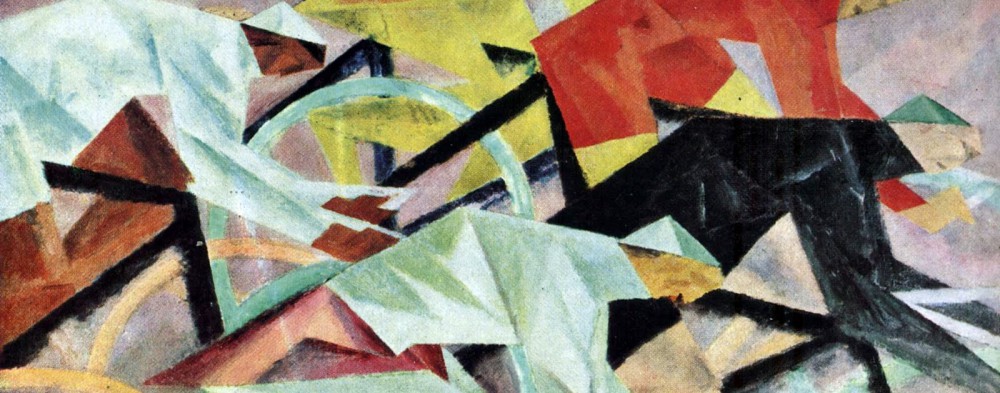Washington Post headline for an opinion column by John Feinstein: “Don’t like baseball’s postseason format? Get over it.”
Get over it? Get over it?!?
Let’s not even discuss the fact that this format requires that the Championship of major league baseball, our beloved National Pastime, the game of the “boys of summer,” be decided in November. Two warm climate teams will play this year, so the Series will take place in the arid part of the southwest. But I’m just waiting for the first Minnesota-Milwaukee World Series, which would be played near the Great Lakes. That’s where the ferocious “gales of November” sank a famous huge freighter, the Edmund Fitzgerald:
Lake Huron rolls, Superior sings
In the rooms of her ice-water mansion.
Old Michigan steams like a young man’s dreams;
The islands and bays are for sportsmen.
And farther below Lake Ontario
Takes in what Lake Erie can send her,
And the iron boats go as the mariners all know
With the gales of November remembered.
Not. Baseball. Weather.
The World Series evolved out of a late-19th to early 20th century custom wherein famous and successful teams from the top of the standings would go on barnstorming exhibition tours after the league season was over. When the first official World Series was played in 1903, the champions of the older National League and the newer American League duked it out, with the “upstart” Boston Americans beating the Pittsburgh Pirates 5 games to 3 after being down 3 games to 1. The final game took place on October 13. (Attendance was a bit over 7000 that day. The game took 1 hour, 35 minutes. There was one umpire. In the whole series Bill Dinneen and Cy Young pitched all but 2 innings for Boston. The players each received slightly over $1,000, which was a lot of money in those days.)
Things fairly quickly got regularized to a best-of-seven series, and other parameters, such as the umpiring crew, shifted with time. Then, for about half a century, the Series capped the season. It was a measure of the true single champion of baseball, though the best team in each league “won the Pennant” by winning the most games. In cases of a season-ending tie, a one-game playoff generally decided it. The Pennant was a true honor, coming as it did at the end of a long season of 154 games. Winning the Series was a really fancy icing on the cake. Teams played to win the League Championship, but only in part because it was the only way to get to the Series.
But then America changed, and baseball changed too. Salaries no longer reflected the doggedly blue-collar backgrounds of most players; they started to rise. Television came along, and with it a huge new revenue source. More cities wanted teams, and baseball expanded. With “divisions” within each “league,” the Pennant itself was no longer a reward for being league best in the regular season. At first it was a sure admission into a series for the League Championship, the winner of which played in the World Series. With each expansion the format changed, until today there are three preliminary series–Wild Card, Division, and League–before the World Series. No “Pennant winner” is even assured of making it to the League Championship Series. And since the regular season was lengthened to 162 games, the regular season squeezes farther into October, helping to relegate the World Series to post-Halloween play.
But what about this year? A couple of non-division-winners, the Rangers and the Diamondbacks, who won a cumulative 22 more games than they lost out of 324 games they played, will duke it out starting tonight. They are both “wild card” teams, a situation abetted by short three-game and five-game series in the first two postseason rounds. Meanwhile, the Atlanta Braves, who won 20 more regular-season games than Arizona, and the Baltimore Orioles, who won 11 games more than Texas, are spectators. Worse, neither of those teams nor its fans get enough credit for the team’s impressive regular-season accomplishments. While some sports are configured to emphasize the “playoffs,” baseball is still configured for the regular season (the World Series Most Valuable Player, for example, does not carry the prestige of the regular-season MVP). But the Series, which in the barnstorming days and early league times was a showcase for the best teams, is no longer that. Does anyone doubt that an Atlanta-Baltimore Series would be more exciting and better-played?
Baseball should do more to assure that its best teams are showcased in the World Series. Maybe it should revert to the levels of a two-team League Championship and then a World Series, the former featuring the best two teams in each league by overall winning percentage. I myself would be happy with just a World Series featuring the best winning percentage team in each league. The old way; the purer way.
But those revisions will never be made.
Not because of sporting principles.
Because money.
(Disclaimer: The author of this blog has been, since about 1947, a Braves fan.)
©Arnold J. Bradford, 2023


